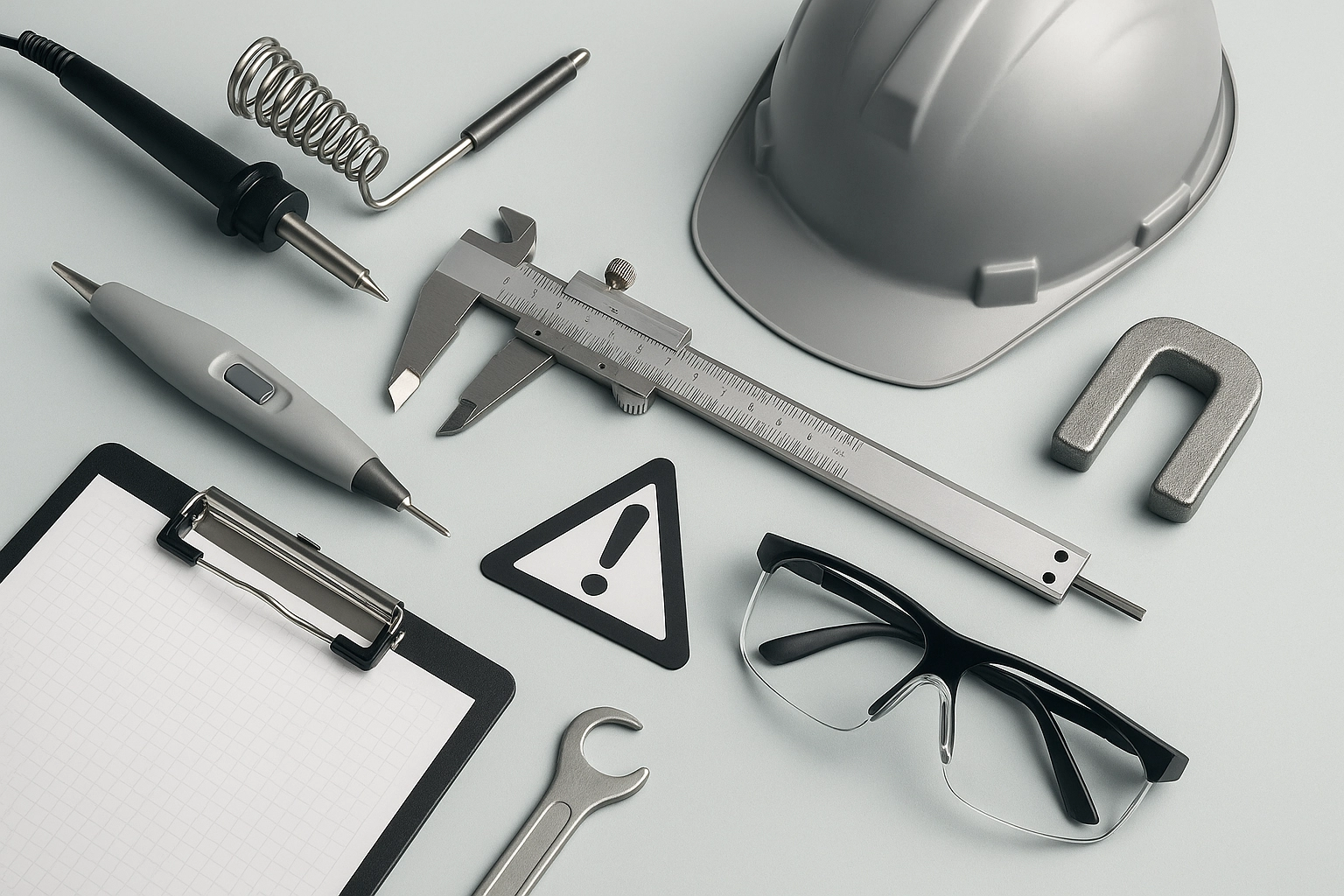CPSIA Mechanical Durability and Safety Testing
The Consumer Product Safety Improvement Act (CPSIA) was enacted in 2008 to protect children from unsafe toys that could cause injury. CPSIA established stricter safety standards, including mechanical durability tests designed to ensure toys are safe for use. This service provides comprehensive testing solutions to help manufacturers comply with CPSIA requirements.
Our CPSIA Mechanical Durability and Safety Testing service covers a wide range of toy components and materials, ensuring that all products meet the stringent standards set by CPSIA. This includes assessing the durability of moving parts, identifying potential hazards such as small parts or sharp edges, and verifying that toys are safe for children's use.
Testing protocols follow international standards like ISO 8124-6:2019, which provides guidelines on mechanical and physical properties of toys. Our experts ensure that all tests are conducted in accordance with these standards to provide accurate results.
During the testing process, we use state-of-the-art equipment and methodologies to simulate real-world conditions under which toys might be used or abused by children. This includes drop tests, pull tests, compression tests, and more. These tests help identify any potential risks early in the product development cycle, allowing for necessary modifications before production begins.
Our team of experienced engineers and technicians carefully examine each toy to ensure compliance with CPSIA regulations. They also provide detailed reports that document all aspects of the testing process, including observations, measurements, and conclusions drawn from the tests performed.
To better understand the importance of this service, let's explore some specific areas where it plays a crucial role:
- Preventing injuries: By identifying weak points in toy design early on, we can prevent accidents involving small parts or sharp edges.
- Ensuring long-term usability: Durability tests help manufacturers create toys that last longer without compromising safety.
- Avoiding recalls and lawsuits: Compliance with CPSIA standards reduces the risk of product liability claims and potential recalls.
Benefits
Conducting CPSIA Mechanical Durability and Safety Testing offers several advantages for toy manufacturers, including:
- Enhanced product safety: Ensures toys meet all relevant safety standards.
- Risk mitigation: Identifies potential hazards before they become issues in the market.
- Compliance assurance: Demonstrates adherence to CPSIA regulations, which can improve consumer trust and brand reputation.
- Cost savings: Early detection of problems reduces costs associated with late-stage design changes or product recalls.
Quality and Reliability Assurance
The CPSIA Mechanical Durability and Safety Testing service is designed to provide high levels of quality assurance by:
1. Pre-testing assessment: Conducting a preliminary evaluation of the toy design to identify potential areas of concern.
2. Calibration checks: Ensuring that all testing equipment is accurately calibrated before each test run.
3. Standardized procedures: Adhering strictly to established protocols for consistent and reliable results.
4. Post-test analysis: Reviewing data from the tests to determine compliance with CPSIA requirements.
Use Cases and Application Examples
| Toy Type | Tested Feature | Testing Methodology |
|---|---|---|
| Stuffed Animals | Teethers and Pull Toys | Drop tests to simulate accidental falls from a child's grasp. |
| Construction Sets | Small Parts | Pull tests to ensure parts are not easily detached or ingested by children. |
| Doll Accessories | Moving Joints and Hinges | Compression tests to verify the strength of joints under stress. |
| Tested Feature | Expected Outcome | Acceptance Criteria |
|---|---|---|
| Small Parts | No parts should break or detach during testing. | PASS: No visible damage after 100 pulls; FAIL: Any detachment or breakage. |
| Moving Joints and Hinges | Parts must withstand multiple cycles without failure. | PASS: All parts operate smoothly after 5,000 cycles; FAIL: Jamming or malfunctioning joints. |





